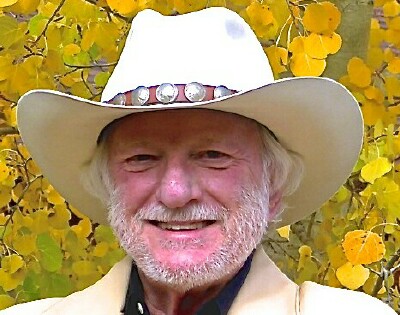“The Revolutionary Evolution of the Media”: King James VI and I and the Taverns – Paul S. Maxwell

This is a book in progress … How a changing world has made media what it is today.
Go here to read the previous chapters.
Chapter 6, Part 1
Early media had – as media does today – reputable and not so reputable aspects. The roots of official media today often originated in the awakening from the Dark Ages via religious initiatives.
Before the printing press, there were a number of versions of the Bible in English beginning at the turn of the 15th Century with followers of John Wycliffe working from the Latin Vulgate version. While it was pre-printing press and was in manuscript form, it was widely circulated. In 1525, William Tyndale began work on an English translation that became the first English Bible in print. After a decade of working on refining the New Testament and beginning to translate the Old Testament, Tyndale’s work became the basis for the first authorized version during the reign of Henry VIII. When Mary I ascended to the throne she returned England’s official communion to the Catholic Church. Many protestants fled England and many established an English colony, so to speak, in Geneva. That city became a center of protestant scholarship under John Calvin.
That group produced another translation known as the Geneva Bible, which was soon joined by another called the Bishops Bible resulting in confusion. James VI of Scotland, in 1601, attended a conference of the General Assembly of the Church of Scotland in Fife that suggested a new translation of the Bible from the original written languages. A couple of years later James VI added James I of England to his titles and convened a conference at Hampton Court in 1604.
Work on the new translation was undertaken by 47 scholars of the Church of England as 1604 ended. After four years of work, the King James Version as printed contained a note stating the new Bible had been "translated out of the original tongues, and with the former translations diligently compared and revised, by His Majesty's special command."
An aside: James was a significant player in the originations of, as Christine Desan’s book “Making Money: Coin, Currency and the Coming of Capitalism” puts it, money itself. When some argued that a debt needed to be paid in a set amount of silver, the King’s privy council declared, “the King by his prerogative make money of what matter and form he pleaseth , and establish the standard of it.”
In 1611, the new Bible was first printed by the King’s printer one Robert Barker. His editions were available as complete folios for 10 shillings loose-leaf and 12 shillings for bound copies. These original Bibles were over-sized, meant for church leaders to read from the pulpit; they weren’t for the common Englishman.
But it wasn’t long before editions appeared in more easily digested versions.
And it wasn’t long before oral perversions of the new, authorized Bible along with rumors and odd additions to official pronouncements proliferated around Europe. Literacy, after all, was just growing as printing presses printed more pamphlets, broadsheets, song sheets and other forms of information … and misinformation.
Along with the official forms of print, misinformation grew from travelers, taverns and marketplaces … all of which trafficked in rumor.
Travelers were, when entering a new place, bombarded with the question, “What news of” whatever and wherever. Never mind that few had real news. Except for the elite subscribers to trusted news correspondents, few common people had any source of real information from far away places. While some news traveled fast in various forms, most consisted of unverifiable information. Though, to be real, some news was accurate as in the reign of Henry VIII when yet another axe fell on a queen’s neck.
Sort of the social media of the day.
Rumors thrived in the natural gathering places of taverns (then more than pubs; more like bed and booze) and marketplaces. But the revival of minstrels and singers throughout Europe began to change that.
Next week: Chapter 6, Part 2 – The News Singers
In an almost 50-year career writing and reporting on media, Paul S. Maxwell started and/or ran some 45-plus publications ranging from CATV Newsweekly to Colorado Magazine to CableVision to Multichannel News to CableFAX and The BRIDGE Suite of daily newsletters and research publications. In between publishing stints, Maxwell served as an advisor and/or consultant to a number of major media companies and media start-ups including running a unit of MCI and managing a partnership of TCI and McGraw-Hill.
Send any and all criticisms, suggestions, rants, threats, corrections, etc. to him at cablemax@mac.com. He has a new Web site coming soon!
Check us out on Facebook at MediaBizBloggers.com
Follow our Twitter updates at @MediaBizBlogger
The opinions and points of view expressed in this commentary are exclusively the views of the author and do not necessarily represent the views of MediaBizBloggers.com management or associated bloggers. MediaBizBloggers is an open thought leadership platform and readers may share their comments and opinions in response to all commentaries.


